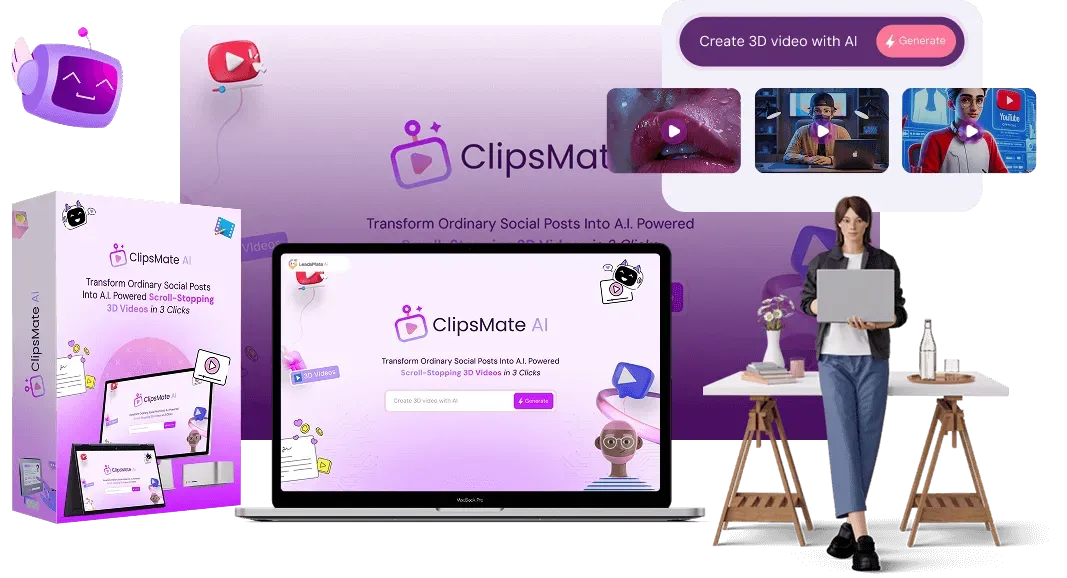
Introduction
3D video technology has come a long way from the red-and-blue glasses era. In today’s digital age, it powers immersive experiences across social media, marketing, entertainment, and education. But what exactly is 3D video technology, and why is it becoming so essential for content creators and businesses?
This article dives into the current landscape of 3D video tech, its core components, applications, and how AI is shaping its future.
What Is 3D Video Technology?
3D video technology refers to the method of creating visual content that simulates depth perception, providing a three-dimensional experience for the viewer. Unlike 2D videos that only have height and width, 3D videos include depth, making them more engaging and lifelike.
There are two main types:
- Stereoscopic 3D: Uses two slightly different angles to simulate depth.
- Volumetric 3D: Captures actual space and movement for a fully immersive experience.
Core Components of 3D Video Creation
- 3D Modeling Software: Tools like Blender, Maya, or Cinema 4D are used to create 3D objects and environments.
- Animation Engines: These define how the objects move and interact.
- Rendering Tools: Convert 3D data into viewable video content.
- AI Enhancements: AI now simplifies animation, motion tracking, and even script-to-video conversion.
Real-World Applications
1. Marketing and Social Media
Brands use 3D videos for product demos, social media ads, and explainer videos that are far more engaging than flat visuals.
2. Entertainment and Gaming
Movies and VR games are increasingly adopting 3D technologies to offer fully immersive narratives.
3. Education and Training
Interactive 3D videos help simplify complex subjects, making them ideal for medical training, engineering, and eLearning.
4. Virtual Reality (VR) and Augmented Reality (AR)
3D content is the backbone of VR/AR experiences used in real estate tours, online shopping, and remote collaboration.
The Role of AI in 3D Video Tech
AI is democratizing 3D video creation by:
- Reducing skill barriers: Tools like ClipsMate AI allow users to generate 3D animations with just text inputs.
- Speeding up production: AI handles complex animation and rendering tasks in minutes.
- Personalizing content: AI adapts videos for different platforms and audience behaviors.
Benefits of Using 3D Video
- Higher Engagement: 3D visuals are more likely to capture attention and retain viewers.
- Better Conversion Rates: Interactive and immersive content increases action-taking.
- Stronger Brand Recall: Unique visual experiences leave lasting impressions.
Challenges and Considerations
- Higher Production Costs: Traditional 3D video creation can be resource-intensive.
- Learning Curve: Complex tools require time and expertise.
- Device Compatibility: Some formats may not play well on all platforms.
However, AI-driven tools are rapidly overcoming these hurdles by offering templates, automation, and cross-platform compatibility.
Conclusion
3D video technology is no longer a futuristic novelty—it’s a practical, powerful tool for content creators, marketers, and educators in 2024. With AI integrations making it more accessible than ever, now is the perfect time to explore the creative potential of 3D video.
If you’re looking to get started with 3D video creation without the steep learning curve, platforms like ClipsMate AI can help you bring your vision to life in just a few clicks.





Leave a Reply